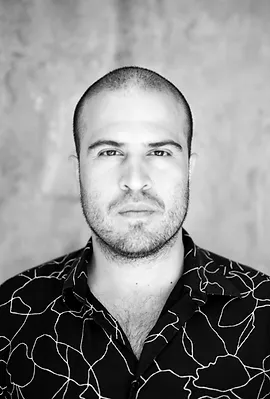Born in Toulouse, France*, Dec 11, 1890
Died in Medellín, Colombia, June 24, 1935
*Gardel’s birthplace is not verified with 100% certainty. However, we do know that he was living in Buenos Aires by early childhood.1
- Carlos Gardel [pronounced “gar-DELL”] is largely credited for making Tango an international sensation in the 1920s and 30s.
- Gardel grew up singing and worked jobs in the many opera houses of Buenos Aires. He recorded his first album in 1917, titled “Mi Noche Triste.”
- Fun fact – before Gardel’s recordings, Tango was considered (by most) to be a purely instrumental genre.
- Once Gardel reached a certain level of fame as a musician, he began starring in Spanish-language movies as well. He ultimately created his own production company.
- Gardel died at just 45 years old when his private plane crashed in Colombia. He had been touring throughout South America at the time.2








